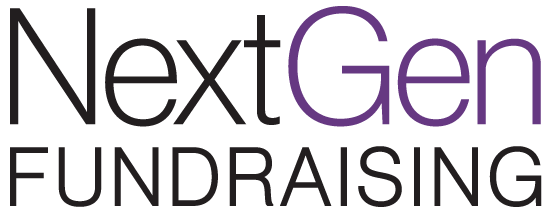It’s that time of year again…benchmarks!
In case you missed it, M+R released its annual study containing comprehensive data about online fundraising, advocacy, and marketing.
It’s our favorite source for seeing trends across various nonprofit markets and digital advertising channels, including advertising, web traffic, email, and social media.
The latest M+R Benchmarks Study covers results from 2021 based on 87 participants and provides year-over-year comparisons to track the current state and future of nonprofit digital programs.
For those of you who want to save a little time, we pulled some key highlights that showcase the need-to-knows for focusing your strategy moving forward:
• Fundraising accounted for 52% of all budgets, with large nonprofits spending 52% of total advertising budgets on direct fundraising, and small nonprofits devoting 74%.
• Branding, awareness, or education advertising made up 32% of budgets, with lead generation at 15%.
• Nonprofits increased digital advertising budgets by 19%, showcasing the expansion of digital ads that assist nonprofits in reaching both new and existing audiences.
• Search advertising accounted for 23% of Large nonprofit budgets and 22% of Medium nonprofit budgets.
• Return on ad spend (ROAS) was highest for search ads ($3.72). Display and social media ROAS were $0.59 and $0.57, and video advertising had the lowest at $0.16.
• In addition to having the highest ROAS, search had the lowest cost per donation of any channel.
Speaking of Google Search—something that we always stress is the importance of balancing paid Google Search with “free” Google Grant. It is recommended to use paid Google advertising for any revenue-generating keywords and the Grant for driving traffic and other goals.
According to M+R’s Senior Vice President Liz Ertner:
“It makes sense to also invest in paid search in addition to leveraging the grant—especially for branded keywords (people searching for your organization) where you want to have the highest possible impression share and make sure you can compete with anyone bidding on your terms.”
• View-through revenue (revenue from donors who made a donation from seeing, but not clicking on, an ad) accounted for 35% of all giving sourced to digital ads.
• 54% of nonprofit website traffic came from users browsing on a mobile device, illustrating the need for entire websites, landing pages, and donation forms to be optimized for mobile. However, users on desktop devices made up the majority of donation transactions (65%) and revenue (76%). This is surprising because nonprofit web traffic has increasingly shifted away from desktop devices and toward mobile.
• Main website donation pages are extremely important and should be optimized for the best donor experience. The average conversion rate from main website donation pages was 17%.
• Email marketing is still critical, as email accounted for 15% of all online revenue.
• Facebook Fundraisers still accounted for 1.1% of all online revenue, despite a significant decline from previous years. Nonprofit Facebook audience size saw only a 1% increase from the previous year, whereas Instagram followers increased by 25%.
Want all the details from M+R’s study? You can view the entire report here.

